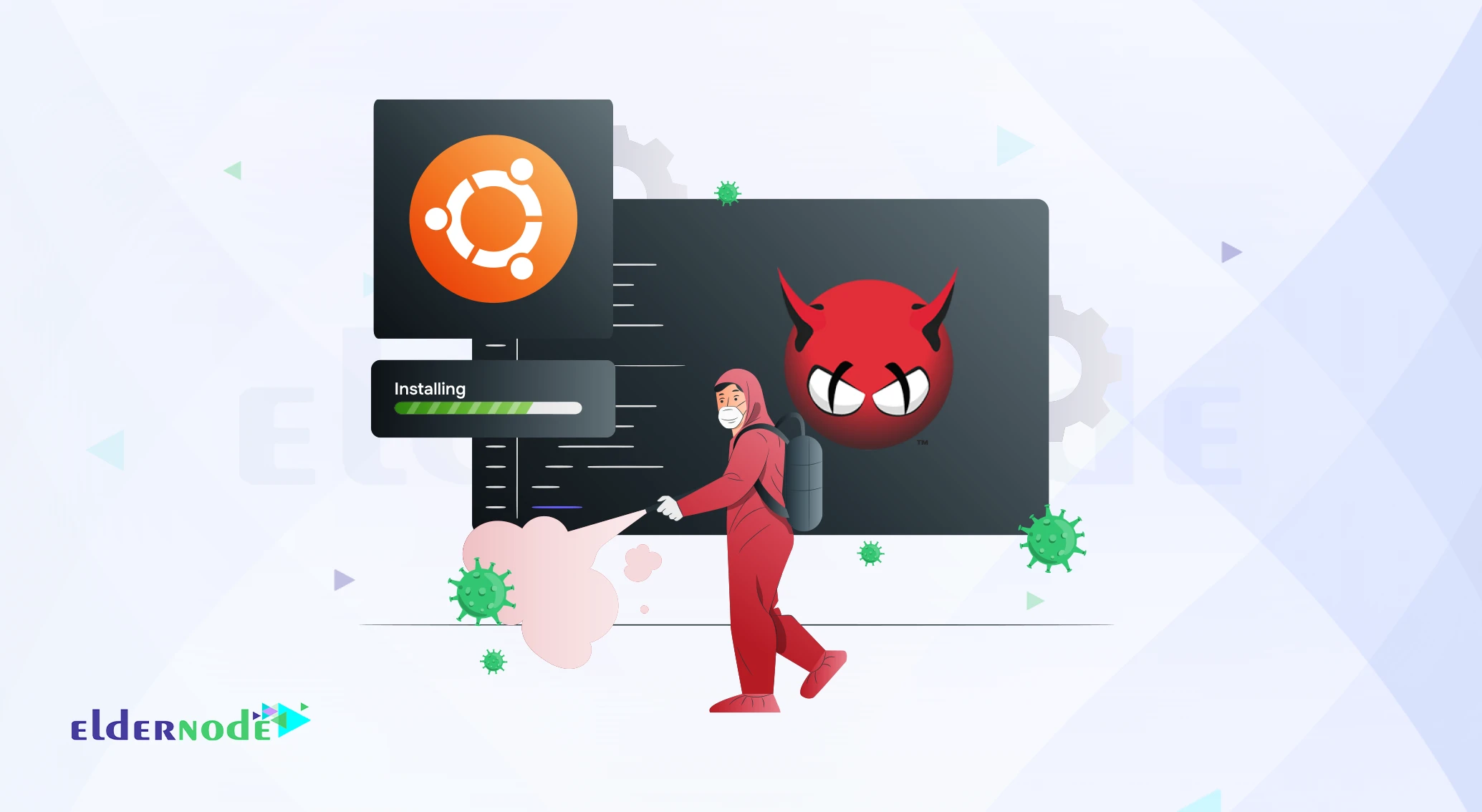How to Install LDAP Client on CentOS 7 and 8 (Step-by-Step)

Installing an LDAP client on CentOS 7 or 8 might seem easy at first, but the actual steps to install and configure an LDAP client on CentOS can get confusing fast. I had to set it up last week for a test server mostly to centralize logins between a couple of machines.
LDAP’s been around forever, but it still works great if all you want is a single spot for managing users. Honestly, once it’s running, it just does its thing quietly in the background.
In this guide, I’ll show you exactly how I got the client working on both CentOS 7 and 8 with all the weird gotchas included.
⚠️ Heads up: if you don’t have a test VPS ready, grab one from Eldernode it’ll save you some time.
⚠️ Before we start: Make sure you’re using a non-root user with sudo access.
Installing and Configuring LDAP Client on CentOS 7
Step 1: Update Your CentOS System
Start by updating your system to ensure all packages are up-to-date and compatible. Use the command below to update all your system packages to the newest available version:
yum update
Step 2: Install the Packages Required for OpenLDAP Functionality
Now install all the essential OpenLDAP packages in one go using the following command. These include the core libraries, server tools, and client utilities you’ll need to get things running smoothly:
yum -y install openldap compat-openldap openldap-clients openldap-servers openldap-servers-sql openldap-devel
Then, you must start the LDAP daemon and enable it on the root. So, type:
systemctl start slapd.service
systemctl enable slapd.service
Step 3: Create OpenLDAP System User
To set an LDAP root password and save the output, use the command below to help you configure OpenLDAP in the following.
slappasswd
Step 4: Download OpenLDAP Source
To start configuring the OpenLDAP, you need to create the db.idif file. Use nano or your favorite text editor and paste the following content in:
nano db.ldif
dn: olcDatabase={2}hdb,cn=config changetype: modify replace: olcSuffix olcSuffix: dc=field,dc=eldernode,dc=com dn: olcDatabase={2}hdb,cn=config changetype: modify replace: olcRootDN olcRootDN: cn=ldapadm,dc=field,dc=eldernode,dc=com dn: olcDatabase={2}hdb,cn=config changetype: modify replace: olcRootPW olcRootPW: hashed_output_from_the_slappasswd_commandNow, deploy the configuration:
ldapmodify -Y EXTERNAL -H ldapi:/// -f db.ldif
Next, you can restrict monitor access only to the ldapadm user:
nano monitor.ldif
dn: olcDatabase={1}monitor,cn=config changetype: modify replace: olcAccess olcAccess: {0}to * by dn.base="gidNumber=0+uidNumber=0,cn=peercred,cn=external, cn=auth" read by dn.base="cn=ldapadm,dc=field,dc=eldernode,dc=com" read by * noneAgain, deploy the configuration change by running the following command:
ldapmodify -Y EXTERNAL -H ldapi:/// -f monitor.ldif
Step 5: Extract and Configure
In this step, you need to generate a certificate and private key to be able to communicate with the OpenLDAP server securely.
openssl req -new -x509 -nodes -out \
/etc/openldap/certs/myldap.field.eldernode.com.cert \
-keyout /etc/openldap/certs/myldap.field.eldernode.com.key \
-days 365
To change the owner and group permissions, type the command below. It allows OpenLDAP to read the files:
chown -R ldap:ldap /etc/openldap/certs
Step 6: Compile and Install
To configure OpenLDAP and use the LDAPS protocol, you must create certs.ldif.
nano certs.ldif
dn: cn=config changetype: modify replace: olcTLSCertificateFile olcTLSCertificateFile: /etc/openldap/certs/myldap.field.eldernode.com.cert
dn: cn=config changetype: modify replace: olcTLSCertificateKeyFile olcTLSCertificateKeyFile: /etc/openldap/certs/myldap.field.eldernode.com.key
And again, you can deploy the configuration:
ldapmodify -Y EXTERNAL -H ldapi:/// -f certs.ldif
You can also test the configuration by running the command below:
slaptest -u
How to setup the OpenLDAP database
When the above steps are passed, you are ready to set up the LDAP database. To start the process, you must copy the sample database configuration file to ‘/var/lib/ldap’ and change the file permissions.
cp /usr/share/openldap-servers/DB_CONFIG.example /var/lib/ldap/DB_CONFIG
chown -R ldap:ldap /var/lib/ldap
And then, add the LDAP schemas.
ldapadd -Y EXTERNAL -H ldapi:/// -f /etc/openldap/schema/cosine.ldif
ldapadd -Y EXTERNAL -H ldapi:/// -f /etc/openldap/schema/nis.ldif
ldapadd -Y EXTERNAL -H ldapi:/// -f /etc/openldap/schema/inetorgperson.ldif
Next, create a base.ldif file for your domain:
nano base.ldif
dn: dc=field,dc=eldernode,dc=com dc: field objectClass: top objectClass: domain
dn: cn=ldapadm,dc=field,dc=eldernode,dc=com objectClass: organizationalRole cn: ldapadm description: LDAP Manager
dn: ou=People,dc=field,dc=eldernode,dc=com objectClass: organizationalUnit ou: People
dn: ou=Group,dc=field,dc=eldernode,dc=com objectClass: organizationalUnit ou: Group
Once the base.ldif file is ready, run the command below as ldapadm to apply the changes to your OpenLDAP setup.
ldapadd -x -W -D "cn=ldapadm,dc=field,dc=eldernode,dc=com" -f base.ldif
When you are asked, enter the root password. If you prefer to add users, you can use a GUI. Also, you are recommended to 0use Apache Directory Studio or JXplorer for this.
That’s that! LDAP should now have been installed on your CentOS 7 server.
How To Install And Configure LDAP Client On CentOS 8
Continue the steps of this guide to finish the LDAP installation process on CentOS 8.
Step 1: Update System Packages on CentOS 8
To update your system packages, run the following command:
dnf update
Step 2: Install Required Build Tools and Dependencies
Then, you need to install the required dependencies and build tools. To install the number of dependencies and build tools, run:
dnf install cyrus-sasl-devel make libtool autoconf libtool-ltdl-devel openssl-devel libdb-devel tar gcc perl perl-devel wget vim
Step 3: Create OpenLDAP System User
Since the OpenLDAP will run a non-privileged system user, use the command below to create the OpenLDAP system user with a custom user and group id.
useradd -r -M -d /var/lib/openldap -u 55 -s /usr/sbin/nologin ldap
Step 4: Download the OpenLDAP Source Code
VER=2.4.57
wget ftp://ftp.openldap.org/pub/OpenLDAP/openldap-release/openldap-$VER.tgz
Step 5: Extract the Source Archive
tar xzf openldap-$VER.tgz
Step 6: Configure and Compile OpenLDAP on CentOS 8
cd openldap-$VER
You can enable or disable various options while building OpenLDAP with configure script.
./configure --prefix=/usr --sysconfdir=/etc --disable-static \
--enable-debug --with-tls=openssl --with-cyrus-sasl --enable-dynamic \
--enable-crypt --enable-spasswd --enable-slapd --enable-modules \
--enable-rlookups --enable-backends=mod --disable-ndb --disable-sql \
--disable-shell --disable-bdb --disable-hdb --enable-overlays=mod
Note: If you need more information about the configuration options, get help:
./configure --help
Once the configuration script is completed with no issues, you will see the following command in the last line.
Please run "make depend" to build dependencies
As you guess, you need to run the make depend command to build OpenLDAP dependencies.
make depend
finally, to compile OpenLDAP on CentOS 8, type:
make
If you prefer to run the test suite to verify OpenLDAPbuild for any errors, type:
make test
Note: Running the above command is optional and may take time.
Step 7: Install and Set Permissions for OpenLDAP
make install
OpenLDAP configuration files are now installed on /etc/openldap.
ls /etc/openldap/ certs ldap.conf ldap.conf.default schema slapd.conf slapd.conf.default slapd.ldif slapd.ldif.default
Step 8: Configure OpenLDAP Directories and File Permissions
mkdir /var/lib/openldap /etc/openldap/slapd.d
Now, you can set the proper ownership and permissions on OpenLDAP directions and configuration files.
chown -R ldap:ldap /var/lib/openldap
chown root:ldap /etc/openldap/slapd.conf
chmod 640 /etc/openldap/slapd.conf
Conclusion
So yeah, setting up an LDAP client on CentOS 7 or 8 isn’t exactly fun but it’s not rocket science either. Once you go through it once or twice, it kinda sticks.
Thing is, not all directory services work the same. Some are just meant for one system like local users on your laptop but others, like LDAP, are made for bigger stuff. Networks. Shared logins. Multiple servers all pulling from the same place.
If that’s the kind of setup you’re going for, LDAP still holds up. It’s old, sure but reliable. And now you’ve got it working. That’s a win.
You Might Also Enjoy
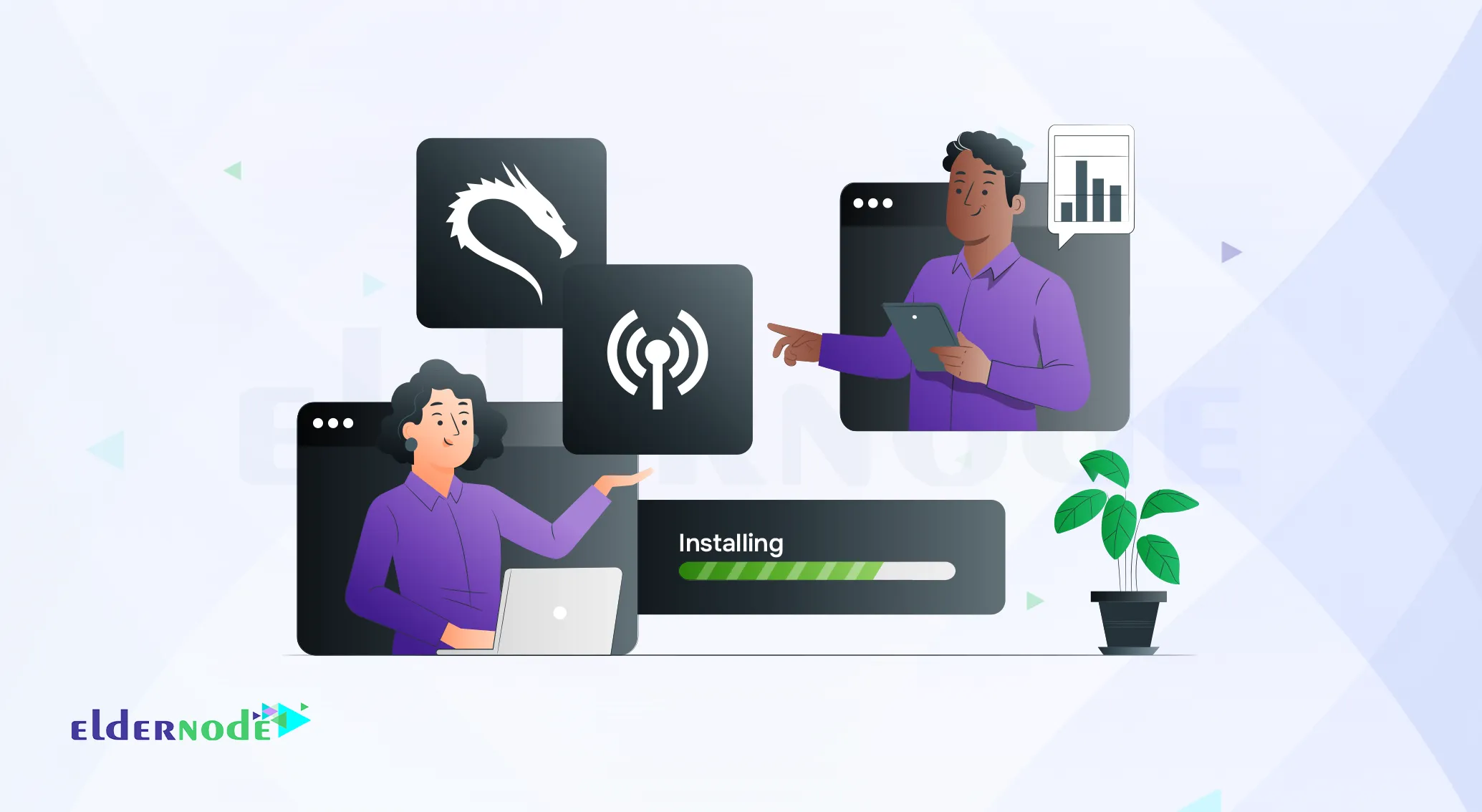
How to Install, Run, and Uninstall Fern WiFi Cracker on Kali...
![Upgrade-Ubuntu-18.04-to-22.04-LTS How to Upgrade Ubuntu 18.04 to 22.04 LTS [Step-by-Step Guide]](https://eldernode.com/wp-content/uploads/2021/02/Upgrade-Ubuntu-18.04-to-22.04-LTS.webp)
How to Upgrade Ubuntu 18.04 to 22.04 LTS [Step-by-Step Guide...
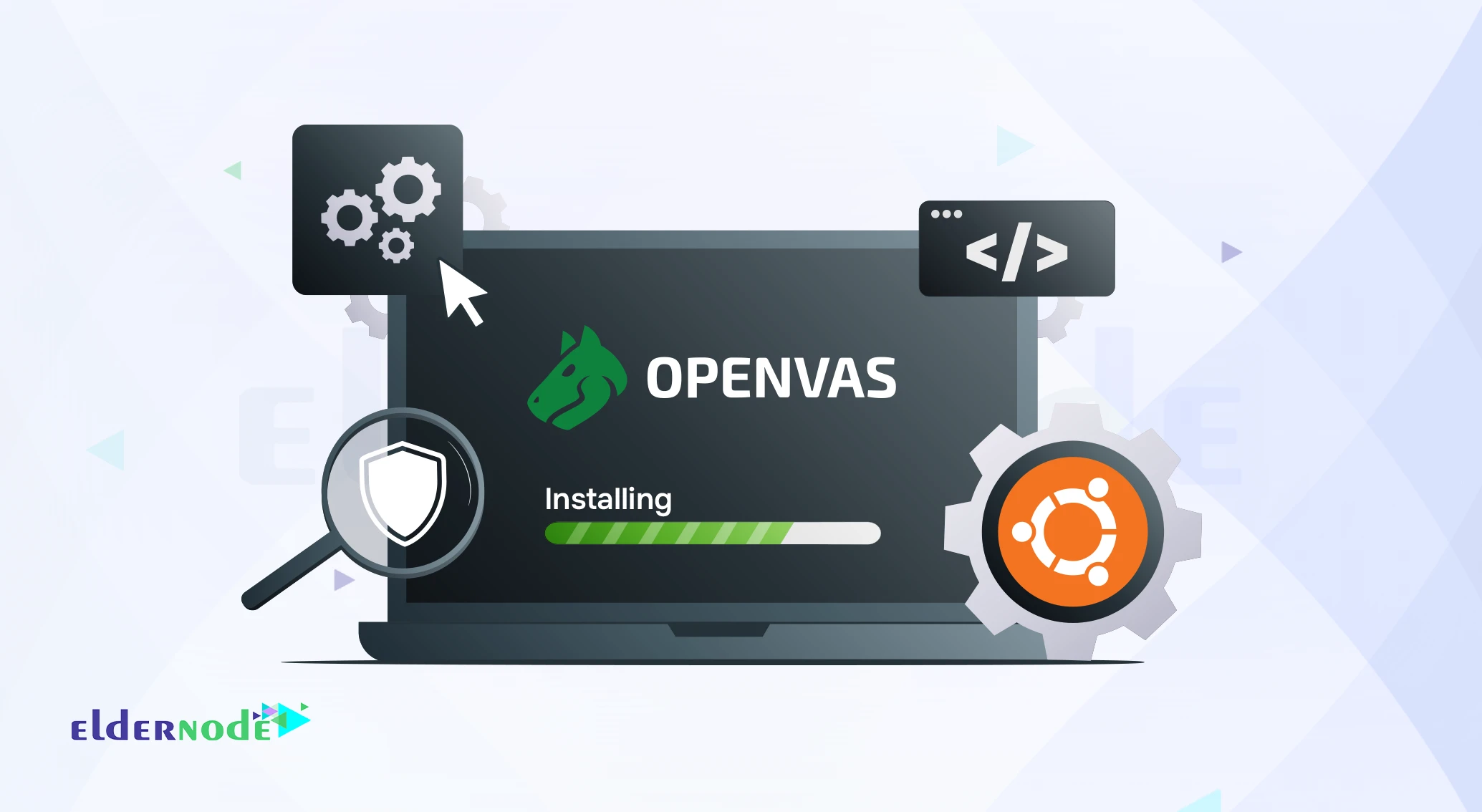
How to Install and Configure OpenVAS on Ubuntu 20.04
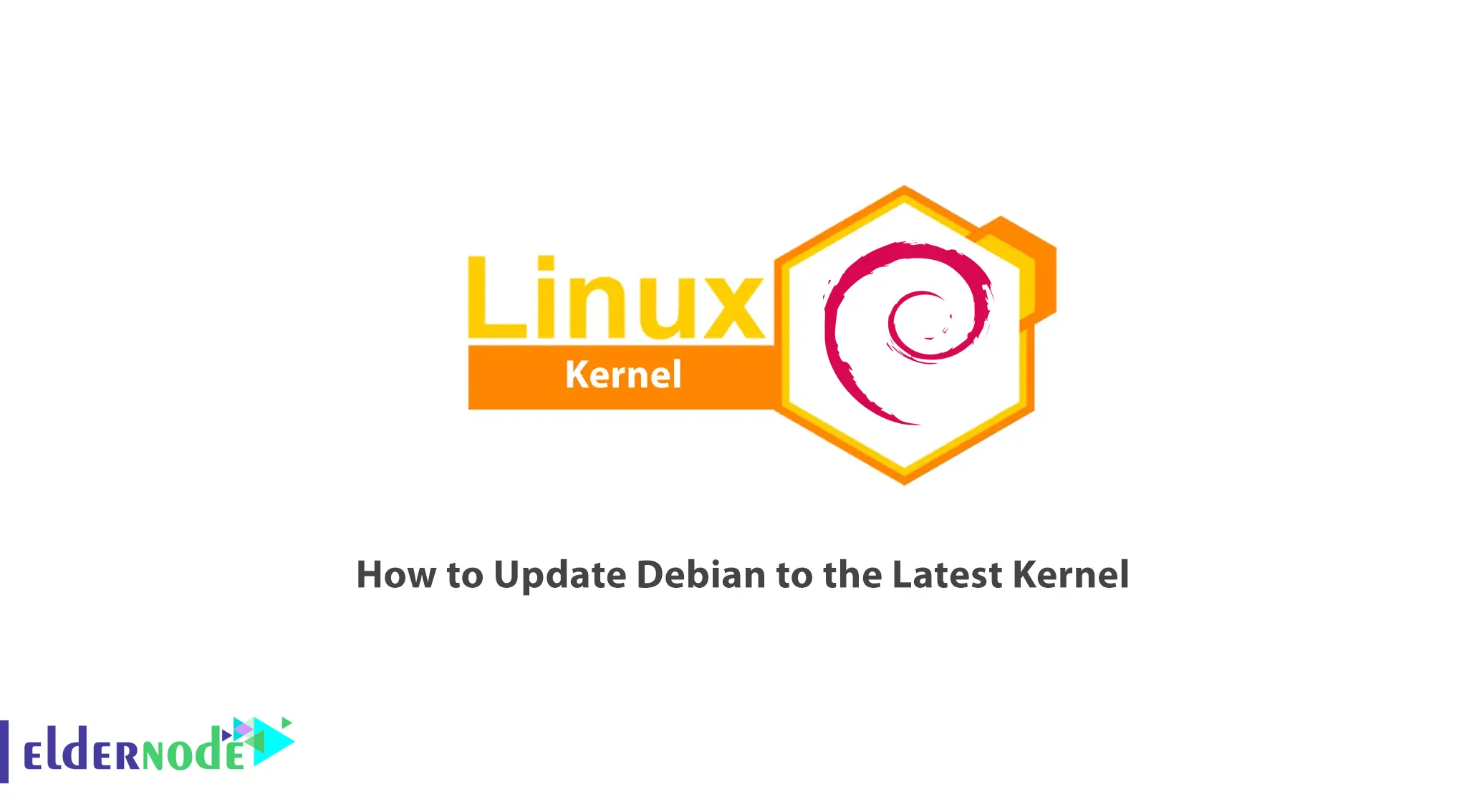
How to Update Debian to the Latest Kernel
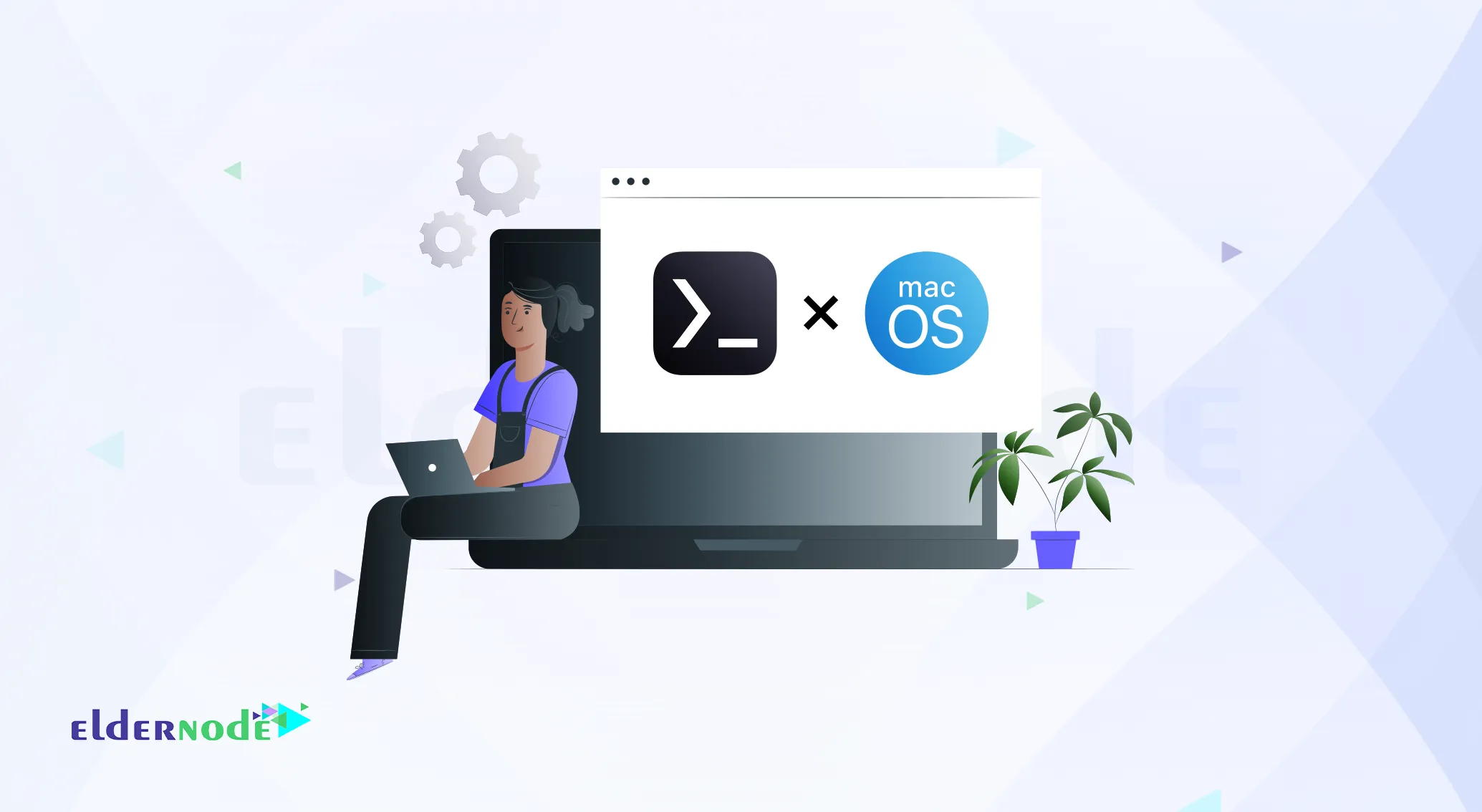
How to Install Termux on MacOS Using Homebrew
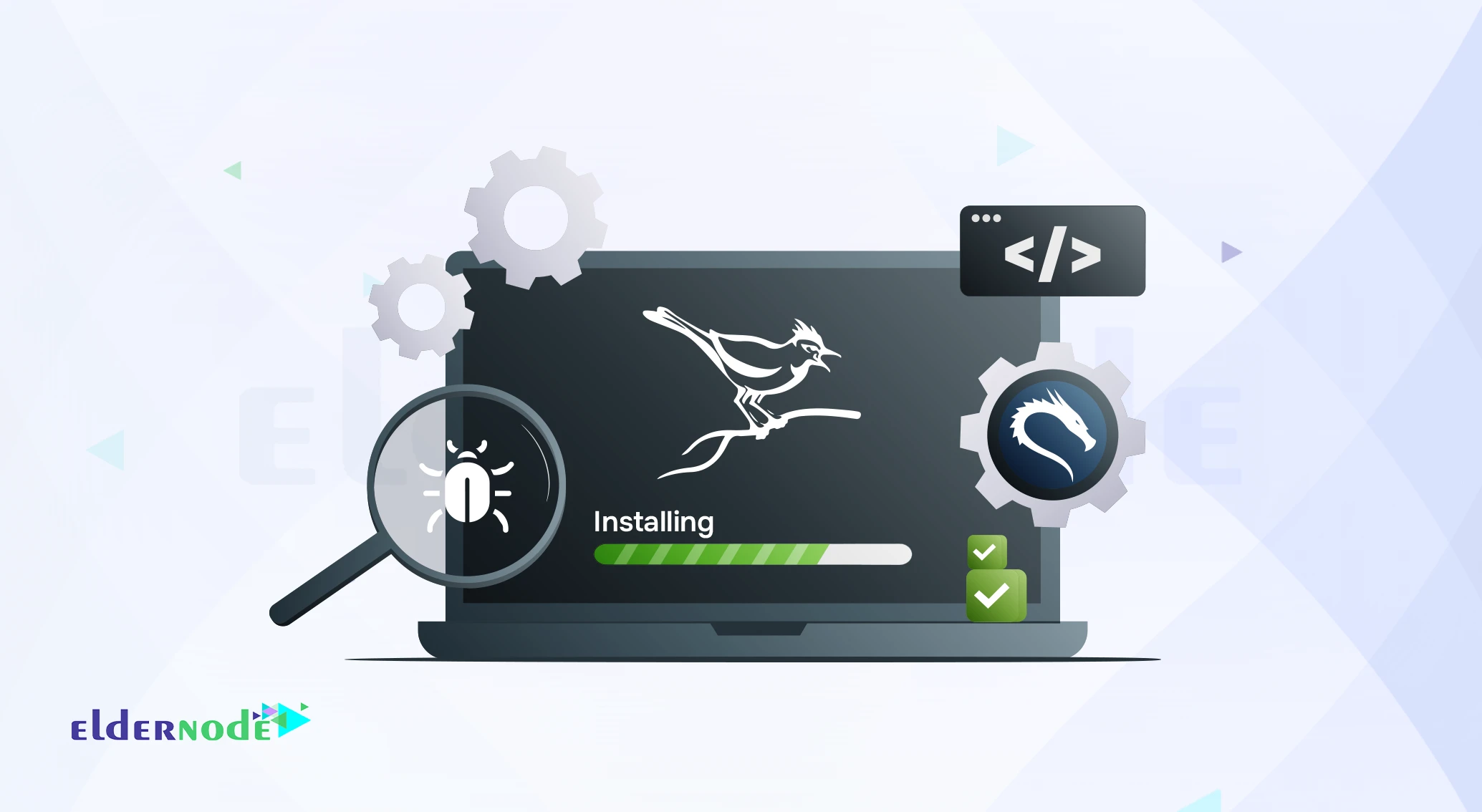
How to Install and Use Cuckoo Sandbox on Kali Linux
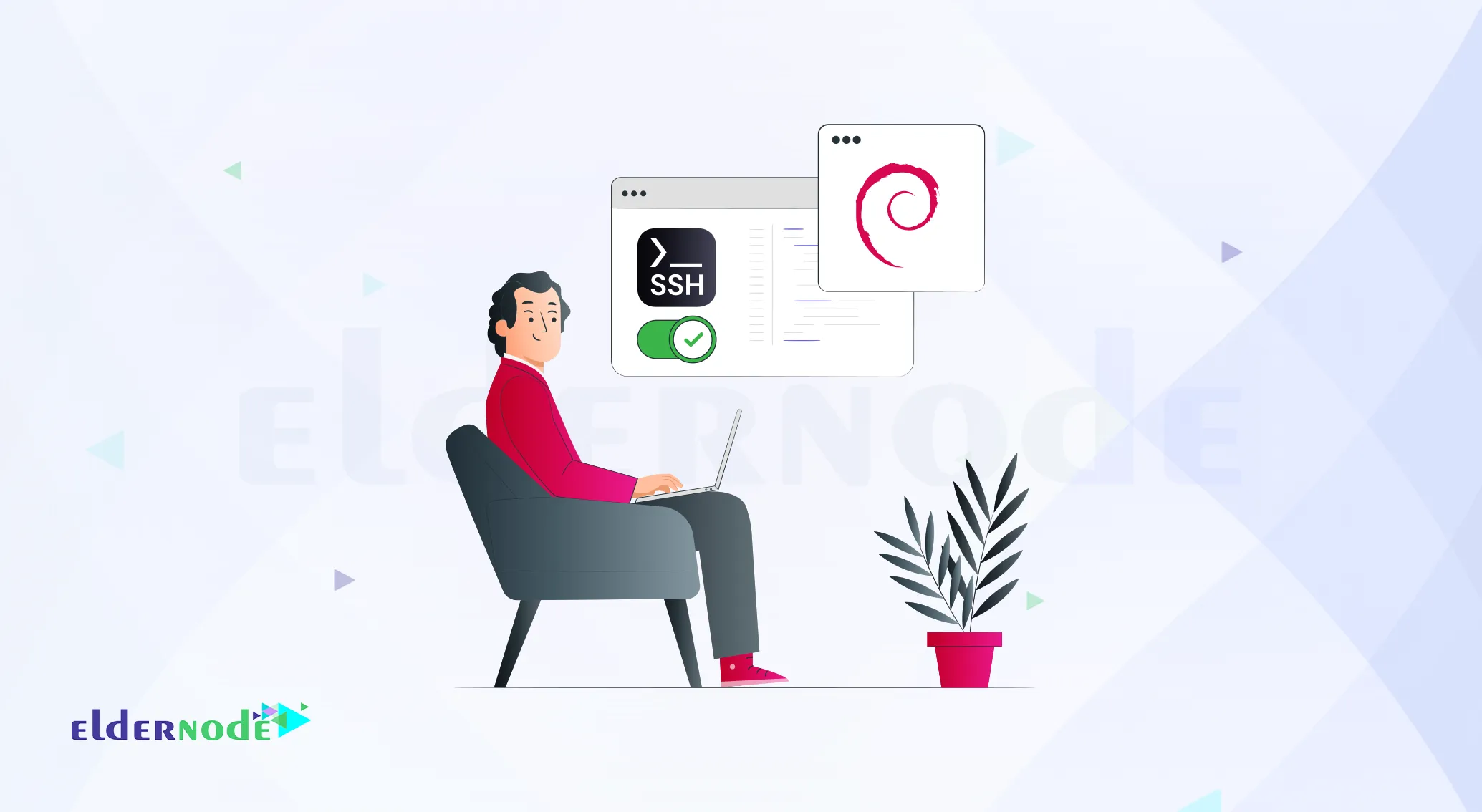
How to Enable Root Login via SSH on Debian 10 (Safely)
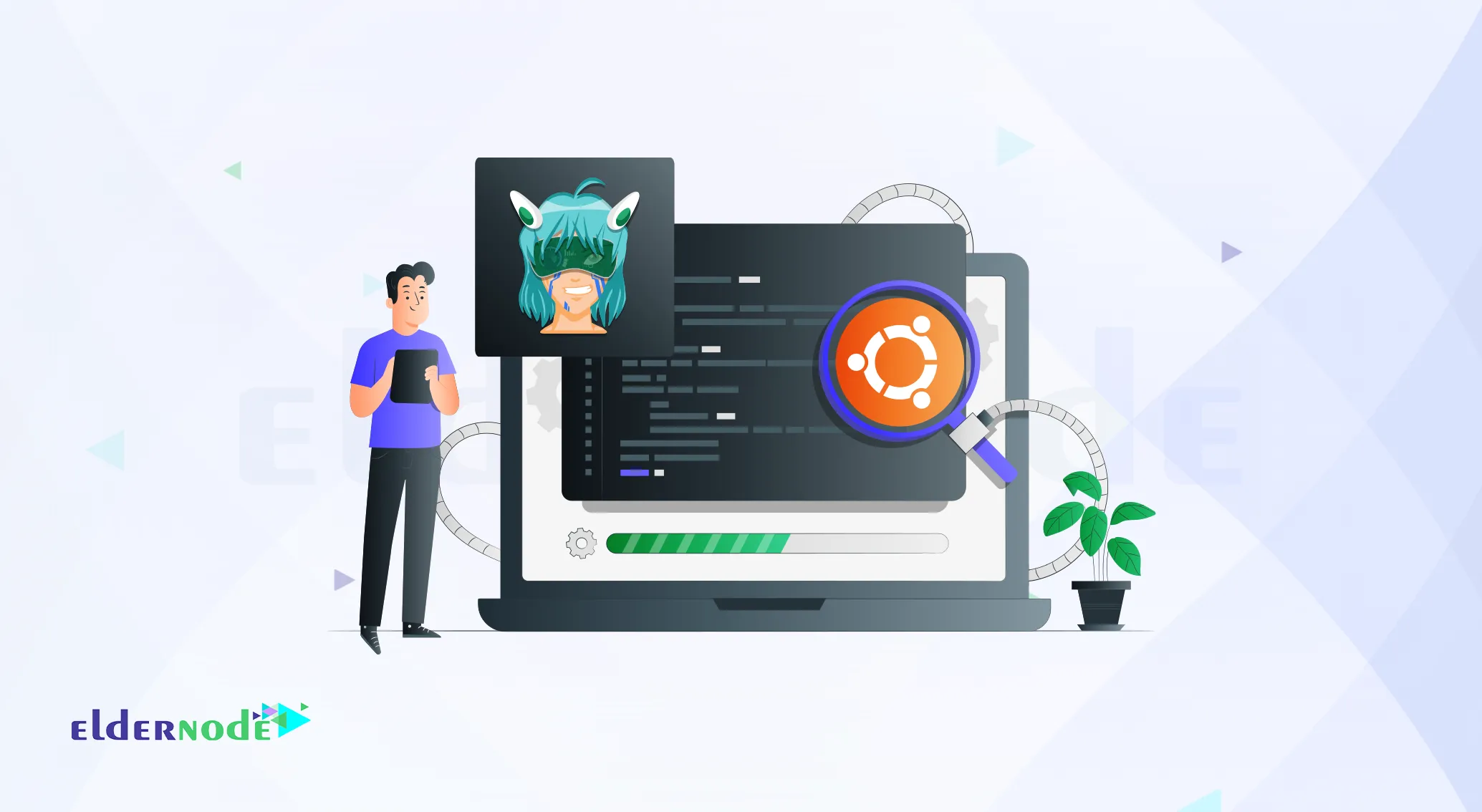
How to Install Armitage on Ubuntu 20.04 – Step-by-Step Guide
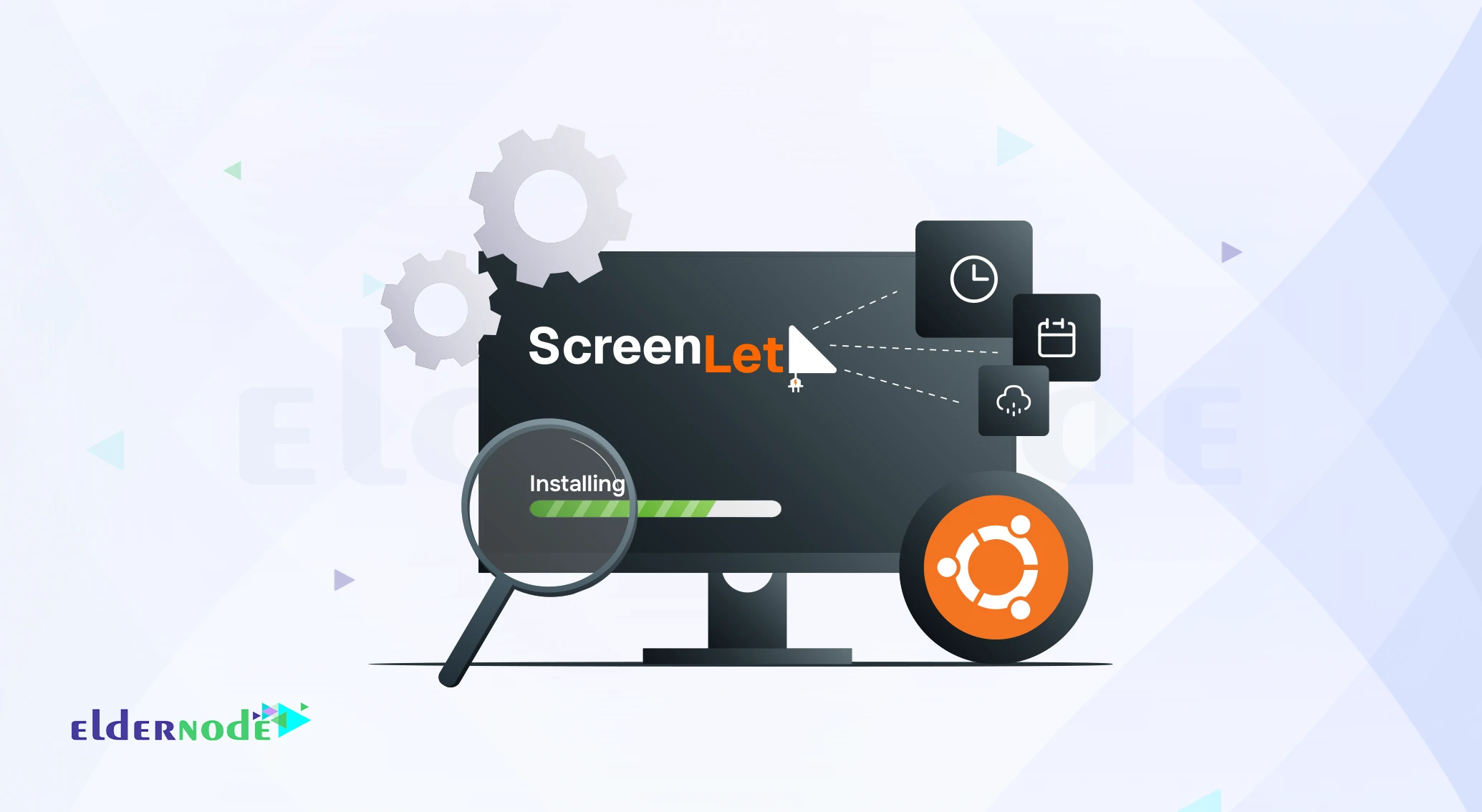
How to Install Screenlets on Ubuntu 24.04 (Step-by-Step Guid...
